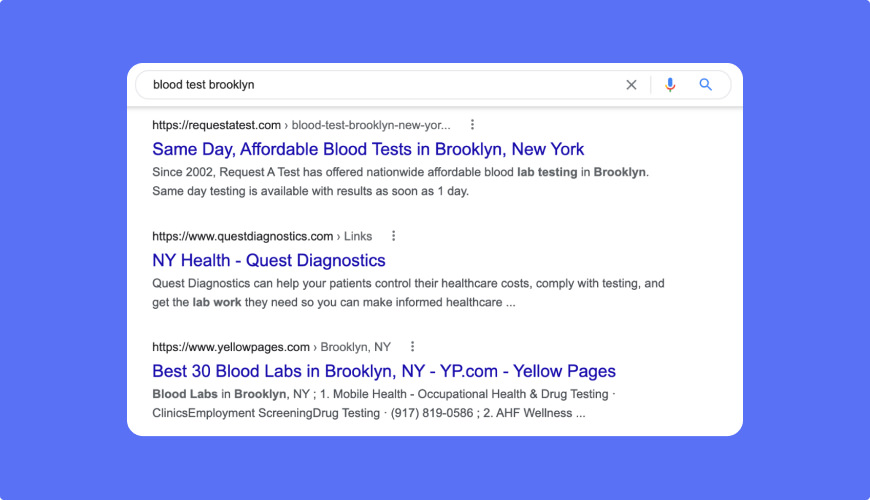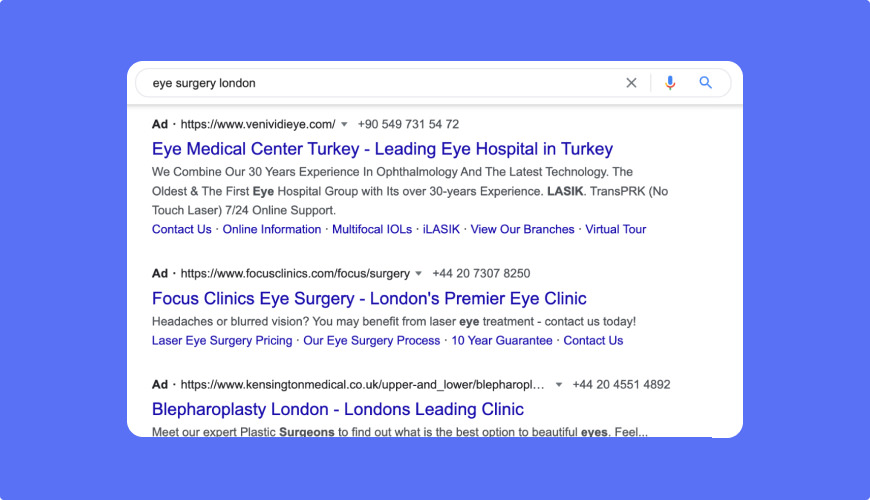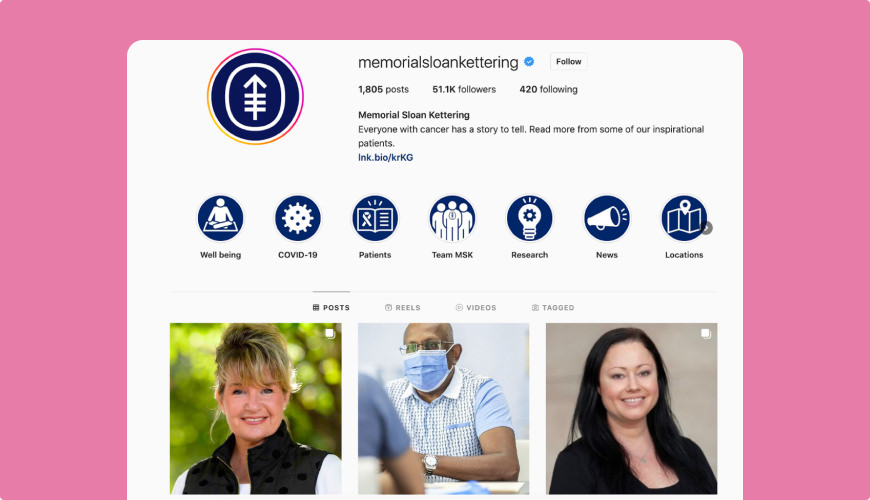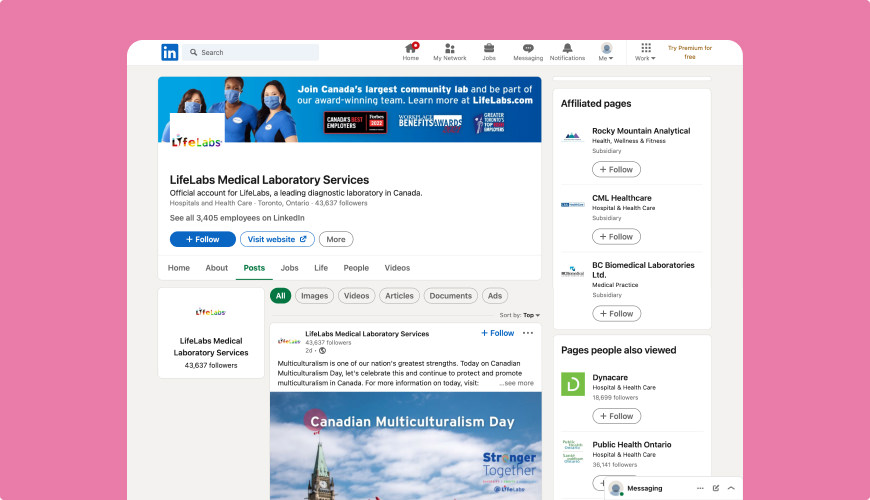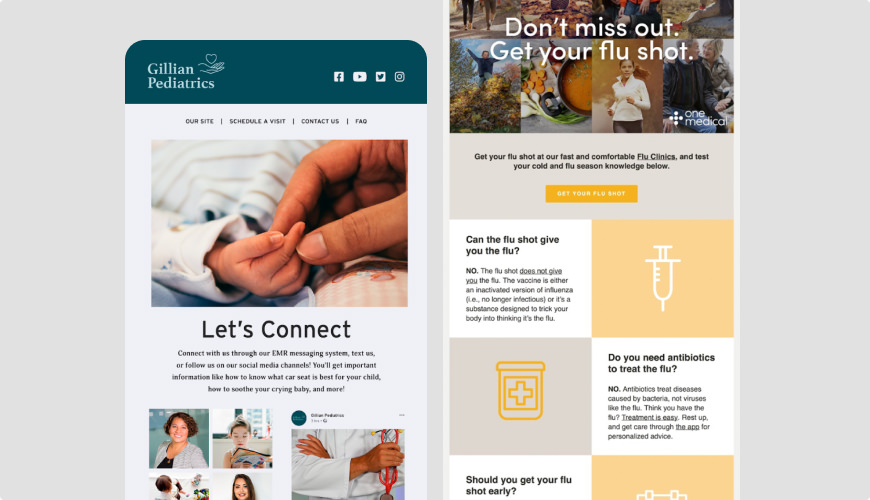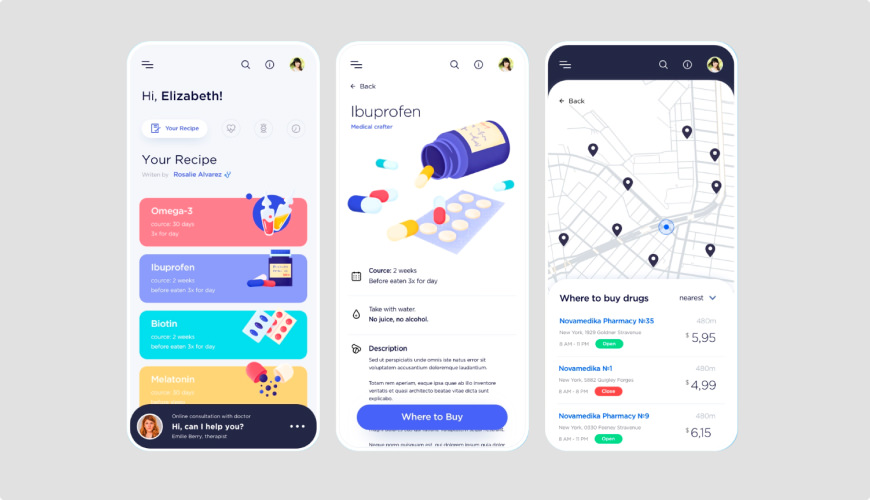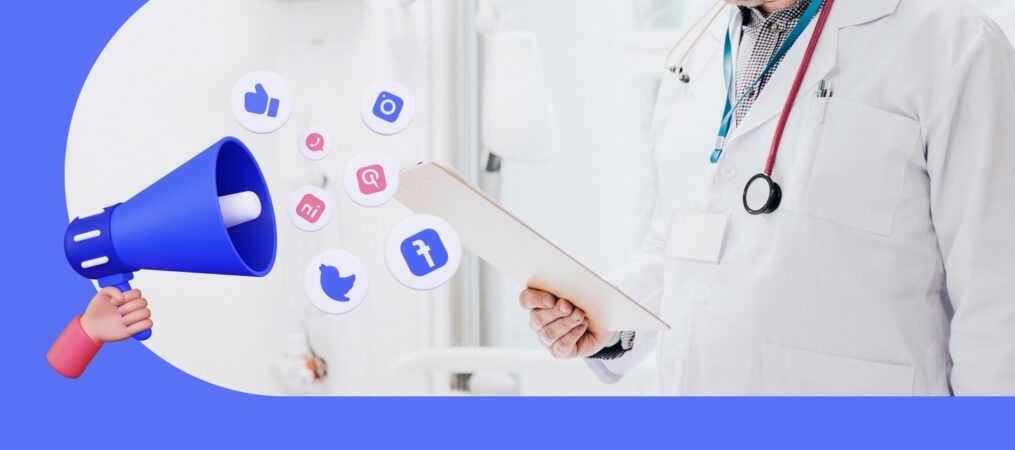
Healthcare providers face a critical challenge: reaching and engaging patients in a way that meets their needs and expectations. With more people searching online for healthcare services, providers must adapt their strategies to stay visible and relevant. This is where digital marketing for healthcare becomes essential—a practical approach to connecting with patients, building trust, and growing your practice.
The healthcare industry operates under unique constraints, from strict regulations like HIPAA and GDPR to limited budgets and the need for empathetic communication. Despite these challenges, digital marketing offers tangible benefits. By optimizing your website for search engines, running targeted ad campaigns, and engaging on platforms like LinkedIn and Instagram, healthcare organizations can improve patient acquisition, strengthen their brand, and deliver better care.
In this article, we’ll explore the key strategies of digital marketing for healthcare, including SEO, PPC, social media, and email marketing. We’ll also address the barriers healthcare organizations face and how to overcome them.
Whether you’re a large hospital system or a small clinic, understanding these tools can help you connect with patients effectively and achieve your goals.
What is Healthcare Digital Marketing?
Healthcare digital marketing involves using online channels and strategies to reach and engage patients, promote healthcare services, and build brand awareness. It encompasses various tactics, including website optimization, content creation, social media engagement, and targeted advertising.
Key benefits of digital marketing for healthcare include:
- Increased patient engagement
- Improved online visibility
- Enhanced patient education
- More efficient patient acquisition
- Better patient retention rates
To achieve these results, healthcare organizations need a clear and actionable plan. Below, we’ll explore 5 essential digital marketing strategies for healthcare providers that can help you connect with your audience, stand out in a competitive market, and achieve your goals.
5 Key Channels of Digital Marketing for Healthcare Providers
Here are the channels that a healthcare digital marketing company typically takes into consideration:
1. Search Engine Optimization (SEO)
SEO is in perfect alignment with how many patients are looking for healthcare providers. They’ll search the relevant terms using a search engine—and there your practice will be, at the top. SEO efforts are meant to expand reach and brand awareness and improve patient acquisition rates.
For example, local SEO is critical for healthcare providers.
Optimizing for local search involves:
- Using location-based keywords (e.g., “pediatrician in [city]”).
- Creating high-quality, patient-focused content that answers common health questions.
- Building backlinks from reputable sources like medical directories or local news sites.
- Ensuring your Google My Business profile is complete and up-to-date, with accurate contact information, hours, and patient reviews.
A well-optimized website not only ranks higher but also builds trust with potential patients by providing valuable, easy-to-find information.
2. Pay-Per-Click Advertising (PPC)
While SEO is a long-term strategy, PPC delivers immediate results. It allows you to target specific audiences with tailored messages, making it ideal for time-sensitive campaigns or promoting new services.
For instance, a healthcare provider running a flu shot campaign can use PPC to target local users searching for “flu shot clinics near me.”
These ads can include:
- A clear call-to-action (e.g., “Book Your Flu Shot Today”).
- Compelling ad copy that highlights your unique value (e.g., “Same-Day Appointments Available”).
- Landing pages optimized for conversions, with easy appointment scheduling.
PPC is also effective for remarketing—reaching users who have already visited your website but didn’t take action. By staying top-of-mind, you can convert these users into patients.
3. Social Media
Since everyone is on social media, your organization should claim your space there, too. The best way to position yourself there is to combine strong branding with patient-first public service. LinkedIn, Facebook, Instagram, Reddit, and TikTok are some of the key platforms for business to explore.
Memorial Sloan Kettering uses their Instagram to the fullest—advertising its services, combating misinformation, giving advice, communicating with users, and strengthening the brand overall. By doing so, they increase trust, build rapport, and improve patient acquisition and retention.
Similarly, LifeLabs uses LinkedIn to communicate with both patients and employees, sharing updates, health tips, and company news. By maintaining an active presence on social media, healthcare providers can humanize their brand, foster community engagement, and improve patient retention.
4. Email and Newsletter Marketing
Email marketing is a versatile channel that can serve multiple purposes, from welcoming new patients to promoting services or sharing health resources. It’s an effective way to stay connected with your audience and nurture long-term relationships.
For example:
- A welcome email series can introduce new patients to your practice, explain what to expect, and provide helpful resources.
- Newsletters can keep patients informed about new services, health tips, or upcoming events.
- Appointment reminders and follow-up emails can improve patient satisfaction and reduce no-shows.
By segmenting your email list and personalizing your messages, you can deliver relevant content that resonates with each recipient, driving higher engagement and loyalty.
5. Mobile
With the majority of internet users accessing content on mobile devices, healthcare providers must prioritize mobile-friendly marketing strategies. This includes SMS messaging, mobile apps, and responsive website design.
For example:
- SMS can be used to send appointment reminders, pre-visit instructions, or post-visit surveys.
- Mobile apps can offer features like appointment scheduling, prescription refills, and access to health records, creating a seamless patient experience.
- A responsive website ensures that patients can easily navigate your site, find information, and take action, whether they’re on a smartphone, tablet, or desktop.
Mobile marketing not only improves patient convenience but also enhances engagement by meeting patients where they are—on their devices.
These five channels—SEO, PPC, social media, email marketing, and mobile—are essential for healthcare providers looking to connect with patients and grow their practice. But to maximize their impact, it’s important to understand how to implement these strategies effectively.
Why Healthcare Organizations Resist Digital Innovation
The healthcare industry operates within a unique framework that often limits how digital marketing for healthcare can be implemented. These limitations stem from a mix of self-imposed boundaries and inherent industry challenges. For marketers, understanding and navigating these constraints is essential to creating effective campaigns.
A. Regulation
Complex sets of regulations—such as HIPAA/PIPEDA, GDPR, The Data Protection Act, etc.—touch virtually every aspect of the healthcare industry, from delivery to sales. By law, healthcare marketers are restricted from using certain tools, setting up referrals, and integrating certain communicative and visual elements.
While these regulations are necessary, they make it challenging to execute digital marketing for healthcare strategies that are both effective and compliant.
B. Risks (Bans, Penalties)
Platforms have rules to weed out deceptive advertisements that are enforced through bans and penalties. Some medical phrases (prescription drugs, experimental treatments, recovery-oriented addiction services, etc.) cannot appear in your Google Ads copy, post-click landing page, keywords, or even web copy.
Some platforms also prohibit targeting medical conditions and remarketing ads due to privacy concerns.
C. Budgets
Budget constraints are a major barrier for many healthcare organizations, particularly smaller practices. While pharmaceutical companies often have substantial marketing budgets, healthcare providers—especially those in primary care or specialized fields—may struggle to allocate funds for digital marketing for healthcare.
D. Societal Factors
Low levels of digital and health literacy are other contributing factors. When the general population—the elderly, in particular—lacks the ability to use technologies to find, evaluate, create, and communicate information, these audiences become hard to reach.
Technology can also act as a barrier, especially considering that it’s getting smarter and more complex. On the one hand, AI and new digital platforms open up possibilities for marketers. But on the other hand, their effectiveness may be limited—target audiences may not have gained a sufficiently nuanced, comprehensive understanding of modern tech.
Also, marketers are left searching for the balance between establishing authority and demonstrating empathy. And failing to do either can negate the impact of the entire campaign.
While these challenges may seem daunting, they are not insurmountable. By understanding the barriers to digital marketing for healthcare, organizations can develop strategies that work within these constraints while still achieving their goals.
In the next section, we’ll explore the benefits of digital marketing for healthcare and how it can transform patient engagement and organizational growth.
Benefits of Digital Marketing for Patients and Organizations
As traditional promotional methods become less effective, digital marketing for healthcare has emerged as a powerful alternative. By leveraging online channels, healthcare providers can connect with patients in meaningful ways while achieving measurable results. Here are the key benefits for both patients and organizations:
1. Strengthens the Brand
Digital marketing for healthcare allows organizations to showcase what sets them apart from competitors. Through consistent messaging, engaging content, and a strong online presence, healthcare providers can build a recognizable and trusted brand.
For example:
- A well-designed website that highlights your expertise, patient testimonials, and unique services can establish credibility.
- Social media platforms enable you to share stories, achievements, and community involvement, humanizing your brand and fostering trust.
A strong brand not only attracts new patients but also encourages loyalty among existing ones.
2. Manages Perceptions and Expectations
Digital marketing gives healthcare providers control over how their services are perceived. Organizations can shape patient expectations before they even enter by sharing accurate and transparent information. This proactive approach reduces uncertainty and builds confidence in your services.
3. Offers Personalized Care
One of the most significant advantages of digital marketing for healthcare is its ability to deliver personalized experiences. By leveraging data and targeting tools, healthcare providers can tailor their messaging to meet the specific needs of individual patients.
For example:
- Targeted ads can promote relevant services, such as flu shots for older adults or prenatal care for expectant mothers.
- Email campaigns can provide personalized health tips, appointment reminders, or follow-up care instructions based on patient history.
Personalization not only improves patient satisfaction but also increases the likelihood of engagement and conversion.
4. Empowers Consumers to Make Smarter, Healthier Decisions
Digital marketing equips patients with the information they need to take control of their health. By providing accessible, reliable resources, healthcare providers can empower patients to make informed decisions. When patients feel informed and supported, they are more likely to engage with your services and follow through with recommended treatments.
Conclusion
The healthcare industry faces unique challenges, from strict regulations to budget constraints and the need for patient-centered communication. However, digital marketing for healthcare provides a powerful solution. By leveraging SEO, PPC, social media, email marketing, and mobile optimization, providers can strengthen their brand, improve patient engagement, and deliver better care.
Despite these barriers, the benefits are clear: greater visibility, personalized experiences, and empowered patients. With the right strategies, healthcare organizations can overcome challenges and unlock the potential of digital marketing.
As the industry evolves, embracing digital tools is no longer optional—it’s essential. By staying informed, adaptable, and patient-focused, healthcare providers can thrive in a digital world, meeting patient needs while achieving their goals.
Found this guide helpful?
Follow us for more insights on digital marketing for healthcare and other trending topics. Stay tuned for actionable tips, strategies, and updates to help your organization thrive.



